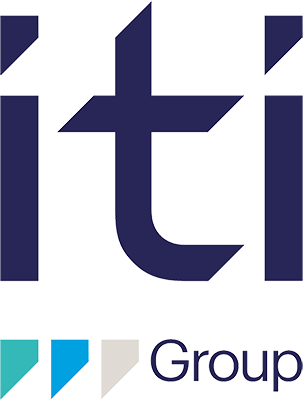
ITI Group (formerly Saker Solutions)’s simulation model helped Cadbury to design their new facility, proving it would deliver the required volumes, by identifying the most appropriate equipment configurations and capacities, through experimentation with a digital replica of the proposed plant.
The model then allowed the review of shift patterns, operational rules, cleaning regimes and scheduling profiles, as well as the anticipation of actual ingredient usage and scrap levels, enabling Cadbury to also make significant OPEX savings.
Plant design optimised and capability proven
Delays and downtime minimised
400 ingredients and 100 final products simulated
Ingredient usage optimised and waste reduced
Familiar interface through integration with Excel
Specific Simulation Software
Cadbury specified WITNESS simulation software due to existing access, but lacked the resource to develop the model themselves, so turned to ITI Group (formerly Saker Solutions) to provide simulation modelling expertise. ITI Group’s team worked with Cadbury to understand their needs, then created a digital replica of all the interconnected processes that would be required at the new factory in Poland; the entire manufacturing, conditioning and packing process, the handling of all raw materials (~400 different ingredients, and up to 100 different potential final products), plus a complex rework system to manage surplus ingredients and reduce waste.
User accessibility and greater understanding
The final model was integrated with Excel to provide a front-end application that would allow users without simulation expertise to access the analytics, run the model, experiment with changes and feedback the results for review.
The model itself then provided a visual representation of the entire production process to aid with understanding of what was being configured and tested, and therefore added confidence in the final decisions.
Testing the knock-on effects of process optimisation
A flexible platform, the model allowed Cadbury to experiment with a wide range of variables: batch size, volume of product per pallet, process rates, number of pieces of each type of key equipment, shift patterns, cleaning strategies and schedule mix, amongst others.
By simulating the entire production process, Cadbury were able to test how changes to different variables would impact output, costs and knock-on effects for other stages.
This included:
- Availability of ingredients and duration of each process: the model enabled Cadbury to experiment with different configurations of machines and processes to ensure continuous supply for all downstream processes.
- Managing input into limited capacity processes: the model enabled Cadbury to judge appropriate sizes for e.g. conditioning stores, ensuring no one stage was backed up, therefore preventing the cessation of the upstream processes.
- Batch-type changes in the coating process: the model helped Cadbury to increase output by minimising delays caused by changeovers and cleaning.
- Optimisation of pre-mixed ingredients: the model allowed Cadbury to understand where they could make savings based on consolidation between recipes, whilst ensuring continuity of supply.
- Waste reduction: by building into the model, and then subsequently the new facility, a complex rework system which allowed (subject to shelf life) unused base products from one batch to be reused as part of a future recipe, the model then helped Cadbury to maximise the usage of its raw ingredients.
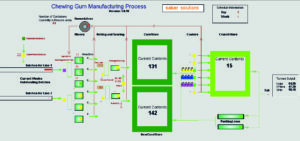
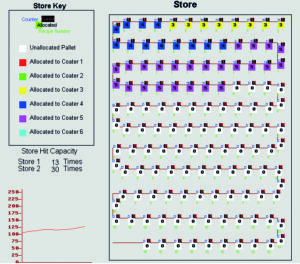
How we’ve helped other businesses like yours
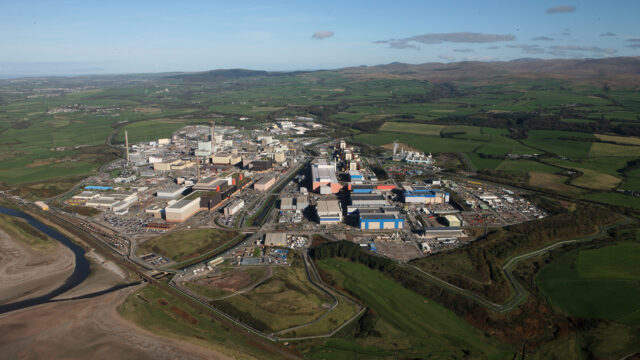
Sellafield FGMSP Digital Twin and 3D Planning Tool
ITI Group worked with Sellafield to create a digital twin of the FGMSP, plus an integrated 3D interactive planning tool, to determine the most effective sequences for waste removal based on a myriad of interdependencies.
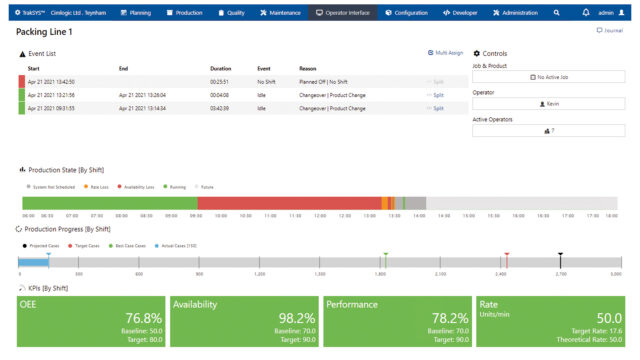
Purity Soft Drinks Achieved Efficiency Improvements of 20%
Leading soft drinks manufacturer achieves OEE efficiency gains and data insight to drive continuous improvement from real-time OEE platform.

Spirit Energy Digital Transformation
After just one year of collaborating with ITI Group on their Digital Transformation programme, Spirit Energy are already seeing the benefits of a properly managed data solution.
How can we help you?
